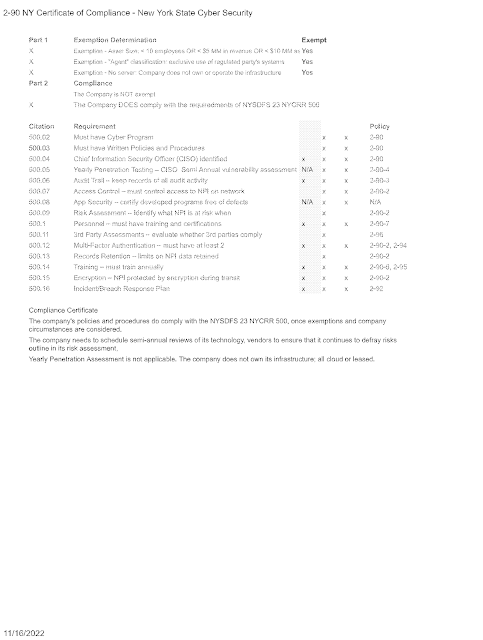Buyer refi program: "If you use us for your purchase loan and you refinance within 3 years, we will credit back at the close of your refinance, appraisal fee, and certain other fees......"
Can this be done as a Broker, and if so, how is it disclosed?
These are popping up all over the place. Of course, you CAN do them (and lots of people do informally), but creating a program around this and advertising this runs afoul of the "planned refinance" rules of the agencies.
Pricing from the lenders is based on actuarial tables that include estimates of how long a loan will stay on the books. Further, many servicers offer a "loan modification" element to retain the servicing on a loan while moving the underlying loan from one security to another.
To understand why this is a big deal, the cash value of mortgage-backed securities for mortgage lenders is small and gets capitalized as an income stream. Even when retained as a swap or other secondary marketing asset or hedge, the secondary market for mortgage-backed securities' primary use for lenders is a tool to achieve equilibrium - you might make money in secondary in a falling rate environment, but you intend to break even or just not lose money. So a lender makes money by building a servicing platform and collecting monthly payments for a small spread. That small spread, multiplied by thousands of loans, creates a solid cash flow model. Planned refinances disrupt that model.
Further, creating an agreement to refinance out of a higher rate loan runs into the UDAAP higher cost loan rules and makes it look like a predatory lending strategy: Take this higher cost loan today, and we'll give you a lower cost loan in the future..." Regulators, particularly those interested in enforcing anti-predatory lending practices, have a keen interest in these types of arrangements when they surface. It's not the kind of attention most lenders want.
Finally, the practical considerations of a planned refinance agreement create a minefield of legal issues. How do you guarantee that you will be in a position to provide the cost credit? What provisions do you make if the company goes out of business or is shut down? How do you create an independent index that a reasonable consumer can follow to trigger the rate, and what if rates end up going lower than the refinance trigger?
There is nothing wrong with a loan officer creating a database of past customers and discussing a possible future refinance. "I'll call you when rates get to x.00%" And you could market that as a personal service: "The Rate Watch."







